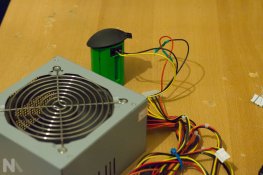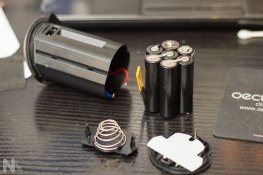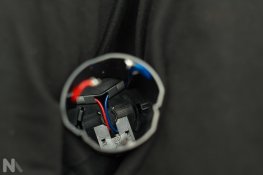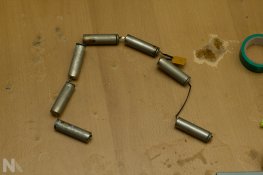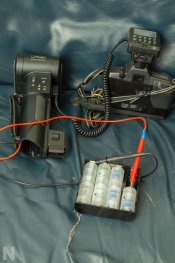Hi everyone.
Just received a joblot of Metz hammerhead flashes that includes
○ Metz 45 CL-1 with Alkaline battery holder.
○ Metz 45 CT-3 with Alkaline battery holder.
○ Metz 50 MZ-5 with controller, 1xNiMH and 1xNiCD battery packs but no charger for either.
◘ Metz charger for CL/CT series NiCD packs but I don't have any of these so this charger will be useless for now.
◘ one bracket for all three flashes.
So the only drawback is the lack of power to even test them. I put some NiMH batteries in the Alkaline battery holders. The 45's turned on (continuous beep charging sound) but never charged up enough to turn on the LED or fire. I suppose it is a battery problem. I can easily troubleshoot that by getting some actual Alkaline batteries instead.
I am therefore left with the crown jewel, the 50 MZ-5 that came with no charger for either batteries. This flash is the reason why I bought the joblot.
I have a few options:
1- remove the internal cells, connect the intestines of the battery pack to an external battery holder in which I can use separate rechargeable NiMH or NiCD AA's accordingly, and a regular suitable AA battery charger. It should not be a problem to re-iterate the capacitor found inside the original pack in the external DIY holder if anybody knows if that's necessary.
2- DIY a charger for either the NiMH or NiCD PACK, but I need some info: original Metz charging unit voltage and current outputs, whether it is a smart or dumb charger, etc., because then I will be charging the entire pack of 7xAA's as opposed to charging single AA's in the previous solution.
3- Any other ideas you can give me.
Can anybody help with any info or suggestions? Basically anything except buying a Metz charging unit or batteries because as you well know their prices are ridiculous and I'm on a budget.
Many thanks in advance.
Just received a joblot of Metz hammerhead flashes that includes
○ Metz 45 CL-1 with Alkaline battery holder.
○ Metz 45 CT-3 with Alkaline battery holder.
○ Metz 50 MZ-5 with controller, 1xNiMH and 1xNiCD battery packs but no charger for either.
◘ Metz charger for CL/CT series NiCD packs but I don't have any of these so this charger will be useless for now.
◘ one bracket for all three flashes.

So the only drawback is the lack of power to even test them. I put some NiMH batteries in the Alkaline battery holders. The 45's turned on (continuous beep charging sound) but never charged up enough to turn on the LED or fire. I suppose it is a battery problem. I can easily troubleshoot that by getting some actual Alkaline batteries instead.
I am therefore left with the crown jewel, the 50 MZ-5 that came with no charger for either batteries. This flash is the reason why I bought the joblot.
I have a few options:
1- remove the internal cells, connect the intestines of the battery pack to an external battery holder in which I can use separate rechargeable NiMH or NiCD AA's accordingly, and a regular suitable AA battery charger. It should not be a problem to re-iterate the capacitor found inside the original pack in the external DIY holder if anybody knows if that's necessary.
2- DIY a charger for either the NiMH or NiCD PACK, but I need some info: original Metz charging unit voltage and current outputs, whether it is a smart or dumb charger, etc., because then I will be charging the entire pack of 7xAA's as opposed to charging single AA's in the previous solution.
3- Any other ideas you can give me.
Can anybody help with any info or suggestions? Basically anything except buying a Metz charging unit or batteries because as you well know their prices are ridiculous and I'm on a budget.
Many thanks in advance.













